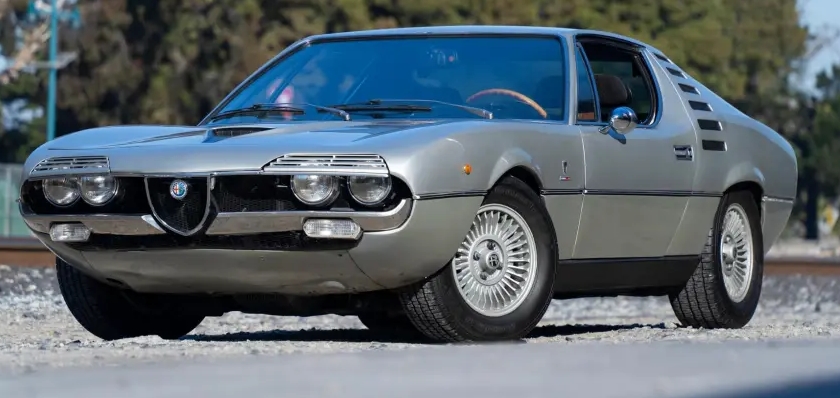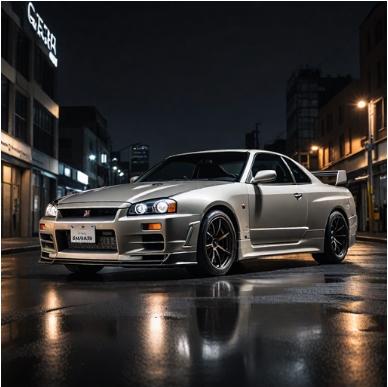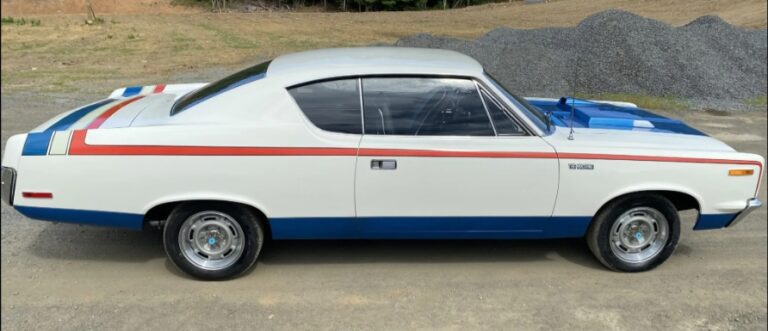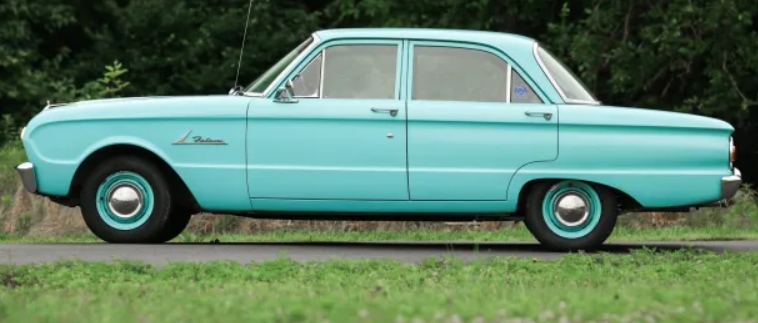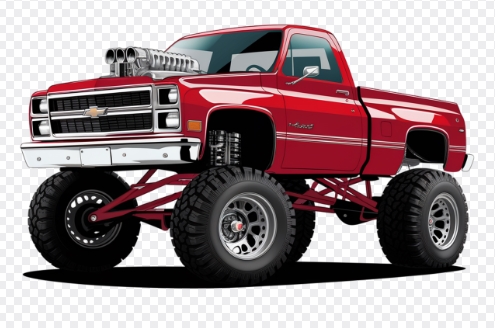The Evolution of the Alfa Romeo Montreal
The Alfa Romeo Montreal stands as one of the most iconic and distinctive grand tourers produced by the Italian automaker Alfa Romeo during the late 20th century. Renowned for its striking design, advanced engineering, and spirited performance, the Montreal remains a celebrated classic among enthusiasts and collectors. This article traces the evolution of the Alfa Romeo Montreal, detailing its production history, models, and trim levels.
Origins and Development
The Alfa Romeo Montreal was introduced as a concept car at the 1967 Montreal International Exposition (Expo 67) in Canada. Its striking fastback coupe design, penned by renowned Italian designer Marcello Gandini of Bertone, immediately captured attention for its futuristic aesthetic and aerodynamic efficiency. The car was conceived as a limited production model, blending Italian craftsmanship with innovative engineering.
Following its positive reception at the Expo, Alfa Romeo decided to bring the Montreal to production, primarily targeting the North American market, where its design and performance aimed to compete with other high-end European grand tourers.
Production Timeline (1967-1977)
The Alfa Romeo Montreal was produced over a span of approximately a decade, from 1970 to 1977. The production model officially debuted at the 1970 Geneva Motor Show, with limited initial units, and gradually expanded to meet market demands. Over this period, the Montreal remained largely consistent in its core design and mechanical specifications, with some variations and updates introduced during its lifecycle.
Key Production Years:
- 1970: Introduction of the production model.
- 1971-1973: Continued production with minor technical refinements.
- 1974-1977: Final years of production, with some updates aimed at improving reliability and comfort.
The total number of units produced is estimated at around 3,925, making it a relatively exclusive vehicle.
Design and Mechanical Specifications
The Montreal’s defining features included its low-slung profile, distinctive fastback roofline, and prominent front grille. The car was built on a tubular steel chassis with a fiberglass body shell, which contributed to its relatively light weight and agility.
Engine and Performance:
- Engine: The Montreal was powered by a 2.6-liter (2593 cc) V8 engine, derived from the Alfa Romeo Tipo 33 racing engines.
- Power Output: Approximately 200 horsepower at 6,500 rpm.
- Transmission: 5-speed ZF manual gearbox.
- Performance: 0-60 mph in approximately 6.7 seconds, with a top speed around 140 mph.
Suspension and Brakes:
- Independent front suspension with coil springs.
- Rear suspension with a De Dion tube setup.
- Disc brakes on all four wheels.
Models and Trim Levels
Throughout its production, the Alfa Romeo Montreal was primarily offered as a single, well-equipped grand tourer. Unlike many modern vehicles, it did not have multiple trim levels or extensive model variants. Instead, what differentiated the Montreal were optional features, special editions, and regional variations.
Standard Features:
- Leather upholstery.
- Power windows.
- Air conditioning (optional in early models but became more common later).
- Alloy wheels.
- Unique exterior paint options.
Because the Montreal was a limited-production, high-end vehicle, most units were equipped with a comprehensive set of features as standard. The focus was on delivering a luxurious and sporty driving experience, rather than offering multiple trims.
Regional Variations and Special Editions
While Alfa Romeo did not officially produce multiple trim levels for the Montreal, there were some notable regional and special edition variations:
1. North American Version
- Often included features tailored to the North American market, such as specific emission controls and lighting configurations.
- Some units came with additional comfort features like air conditioning, which was less common in European models.
2. European Version
- Typically lighter, with fewer emissions-related equipment.
- Slight differences in interior trim and available paint options.
3. Montreal “America” (1972)
- A limited run of models with minor styling updates, mainly aimed at the North American market.
- Some sources suggest these might have included specific badges or interior trim differences, but definitive details are scarce.
4. Custom and Dealer-Installed Options
- Due to the exclusivity of the vehicle, some owners opted for bespoke modifications, including custom paint, upgraded audio, or interior re-trims.
Post-Production and Legacy
By the late 1970s, the Montreal’s production ceased due to tightening emissions standards, increasing competition, and the high cost of manufacturing a limited-run vehicle. Despite its relatively short production span, the Montreal left a lasting impression on automotive history.
Legacy and Collectibility:
- The Montreal is now considered a classic and a highly collectible vehicle.
- Its unique design and engineering make it a standout among vintage Italian grand tourers.
- Restored models fetch high prices at auctions, reflecting its status as an automotive icon.
Influence on Future Models:
- The Montreal influenced subsequent Alfa Romeo designs and showcased the brand’s ability to combine racing technology with luxury.
- Its V8 engine design laid groundwork for future Alfa Romeo high-performance engines.
.
THIS might be a great place to get your new car from!
Or for those who are into the “car flipping” business, here’s an excellent resource for you!

.
Summary of Key Facts
| Aspect | Details |
|---|---|
| Production Years | 1970 – 1977 |
| Total Units Produced | Approximately 3,925 |
| Body Style | 2-door coupe (fastback) |
| Engine | 2.6-liter V8 (Alfa Romeo Tipo 33 derived) |
| Power | 200 horsepower at 6,500 rpm |
| Transmission | 5-speed ZF manual |
| 0-60 mph | ~6.7 seconds |
| Top Speed | ~140 mph |
| Notable Features | Leather interior, alloy wheels, optional air conditioning |
| Market Focus | Primarily North America and Europe |
Conclusion
The Alfa Romeo Montreal remains an enduring symbol of Italian automotive artistry and engineering innovation. Its distinctive design by Marcello Gandini, combined with a powerful V8 engine and luxurious appointments, made it a standout model during its production years. Though produced in limited numbers, its influence persists among collectors and enthusiasts, cementing its place as one of Alfa Romeo’s most celebrated models.
The Montreal’s evolution was characterized more by refinement and regional variations than by multiple model generations or trims. Its status today as a classic car underscores its unique position in automotive history—a fusion of art, performance, and exclusivity that continues to captivate automotive aficionados worldwide.
